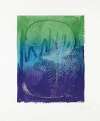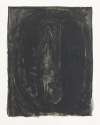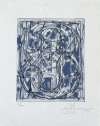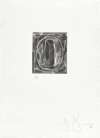After
Untitled 1975
Jasper Johns' After Untitled 1975 series consists of six lithographs, sequentially titled from #1 to #6. Produced in 1976, the series exemplifies Johns' reflective approach to his own past works, revisiting themes and motifs with a fresh perspective. The series is known for its sophisticated use of cross-hatching and a subtle yet intricate interplay of colours and textures, marking a profound exploration of abstraction and its possibilities.
Jasper Johns After Untitled 1975 For sale
After Untitled 1975 Market value
Auction Results
| Artwork | Auction Date | Auction House | Return to Seller | Hammer Price | Buyer Paid |
|---|
Sell Your Art
with Us
with Us
Join Our Network of Collectors. Buy, Sell and Track Demand
Meaning & Analysis
The After Untitled 1975 series by Jasper Johns is a compelling exploration of visual and thematic recursion. Each piece in the series employs a complex technique of cross-hatching, a method Johns has revisited throughout his career, which in this context creates dense layers of lines that intersect and overlap, forming a rich tapestry of visual texture. The artworks are rendered in a muted palette that enhances the depth and intricacy of the cross-hatching, allowing the play of light and shadow to emerge as central elements of the composition.
In these works, Johns delves into the concept of memory and repetition, challenging the viewer's perception of familiarity and novelty. The use of repetitive patterns and a consistent motif across the series encourages a deeper engagement with the nuances of each piece, highlighting subtle differences and variations that might otherwise go unnoticed. This method reflects Johns' interest in themes of serialisation and variation, where the repetition of a single motif provides a ground for meditative contemplation and a deeper understanding of the medium.
Each artwork, while similar in technique and style, is distinct in its execution, with variations in the orientation and density of the cross-hatching creating unique visual effects that suggest movement and dynamism. This dynamic quality questions the static nature of art and invites a reconsideration of the ways in which artworks are perceived over time, across different contexts.









